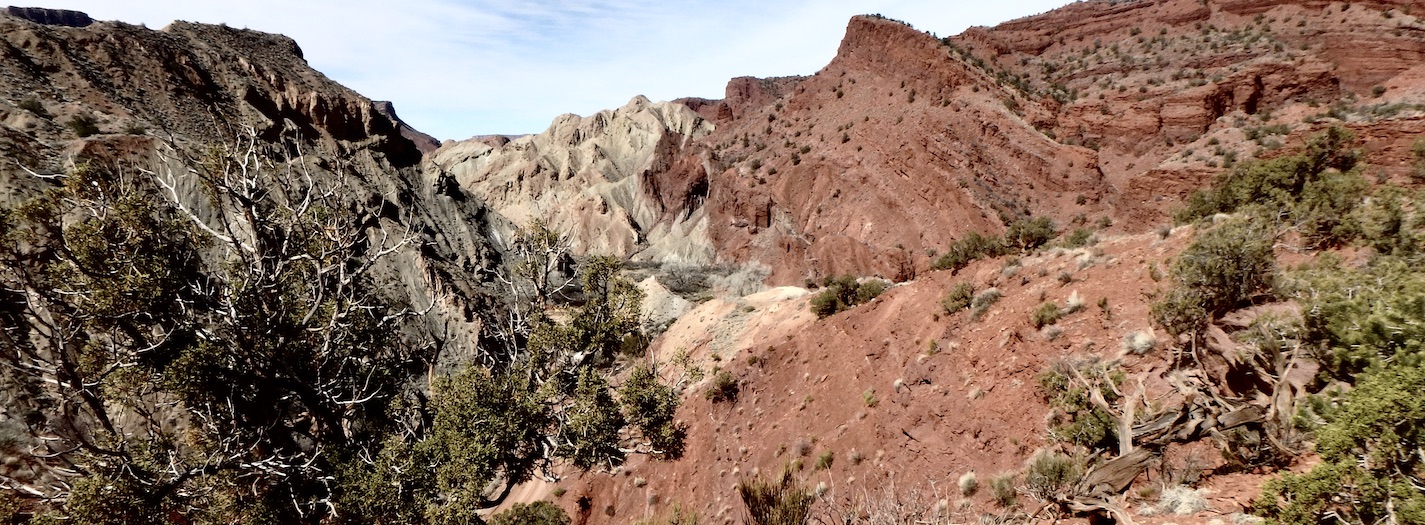
Salt Tectonics and Deepwater Reservoirs
Course Details
This field trip focuses on the movement of salt and its influence on the deposition of reservoir sands. It is no coincidence that the world’s largest oil and gas fields are associated with salt. During this field trip, we will discuss why that is the case.
There are very few places where one can actually see not only the salt body itself but the deformation of strata around it. This includes the famed salt glaciers of Iran, La Popa Basin Mexico, and the Paradox Basin in the US. As tricky as it is to get to the outcrops in Iran and because of the safety concerns surrounding La Popa Basin in Mexico, the Paradox Basin is an excellent alternative.
Not only will participants get to hike into some of the most spectacular salt-related structures in Arches and Canyonlands National Park, but the highlight of the trip is an hour-long flight in a chartered airplane that allows one to truly appreciate the scale and grandeur of salt tectonics.
Who Should Attend
• Geologists
• Geophysicists
• Petrophysicists
• Engineers
This course is meant for all who are working on mobile substrate basins in an exploration or development capacity. This is especially relevant if you’re working on license blocks in the Gulf of Mexico, Offshore Brazil, and Angola.
Need more information?
Course Outline
Day 1
You will be arriving the day before the course starts at Canyonlands Field Airport, Colorado, USA. The next morning we will begin with a safety briefing, orientation to the field area and an introduction to salt tectonics.
We will begin the field trip with a drive to look at salt cored anticlines, the relationship of strata and fracturing around a diapir, and a discussion in the field about the different phases of salt movement in Canyonlands National Park.
We will begin the field trip with a drive to look at salt cored anticlines, the relationship of strata and fracturing around a diapir, and a discussion in the field about the different phases of salt movement in Canyonlands National Park.
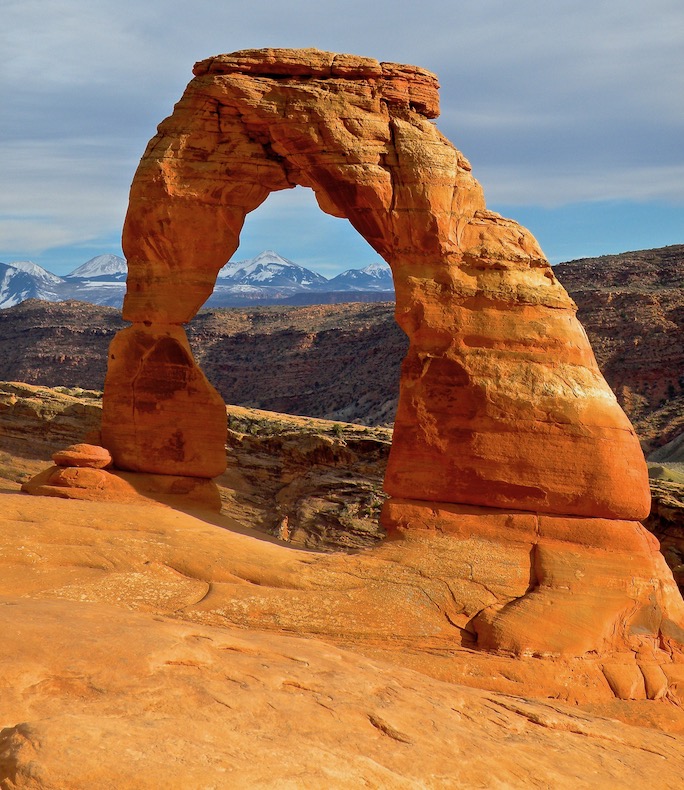
Day 2
Lectures on halokinesis and it’s relationship with sediment deposition
A close look at the relationship between cap rocks, deformation of surrounding strata and the formation of minibasins in the field
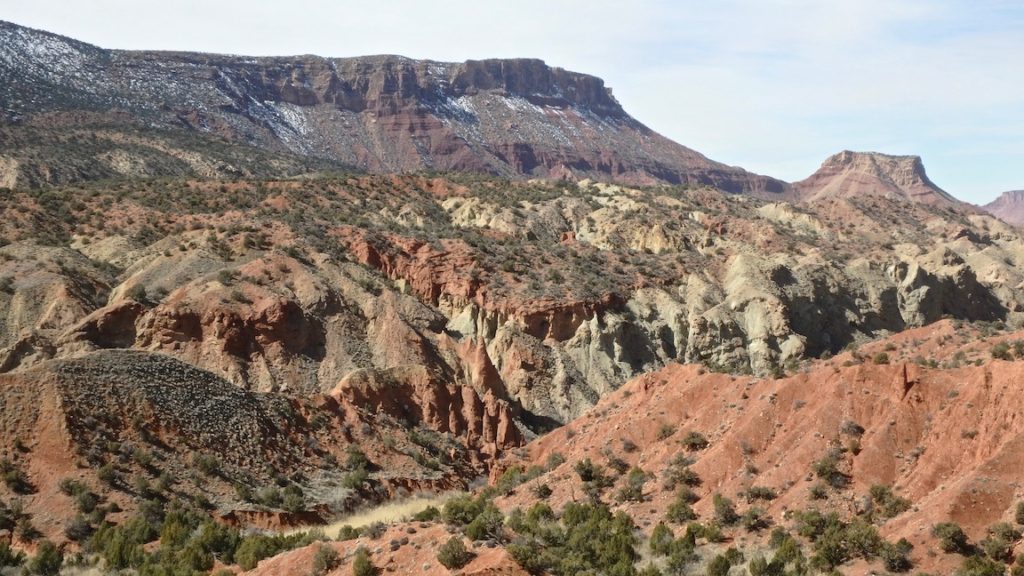
Day 3
Lecture on deepwater sandstones, seismic facies analysis of salt and shale controlled mini-basins
Chartered flight over salt structures
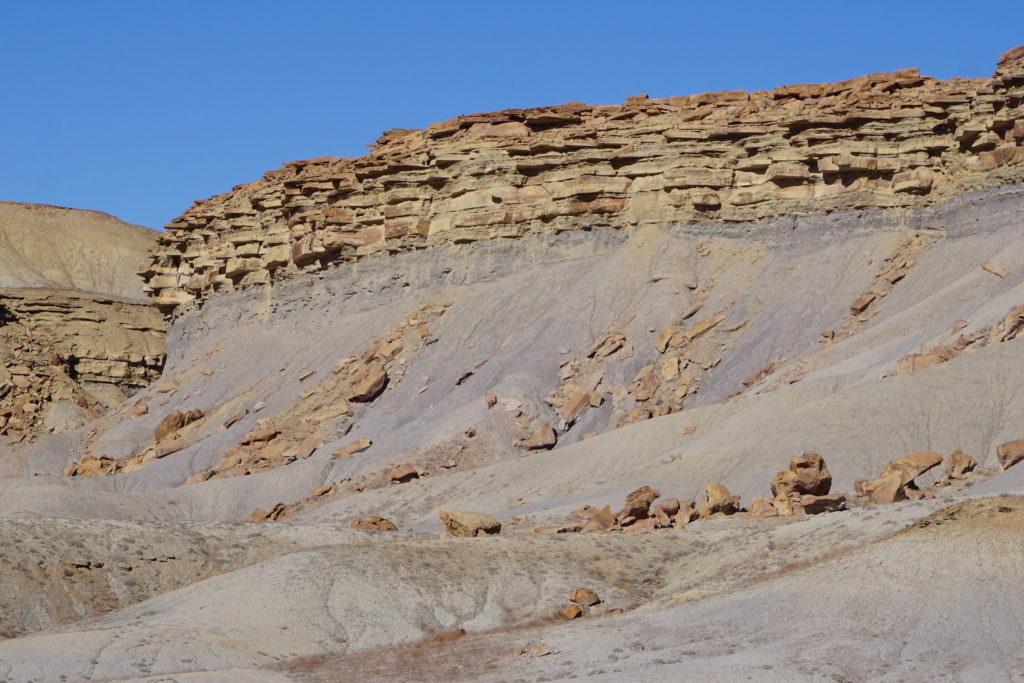
Day 4
Lectures will focus on the interaction of deepwater sands with mobile substrate basins (salt and shale) with examples from the Gulf of Mexico, offshore Brazil, and Offshore Angola before we head out into the field and look at some deepwater channels.
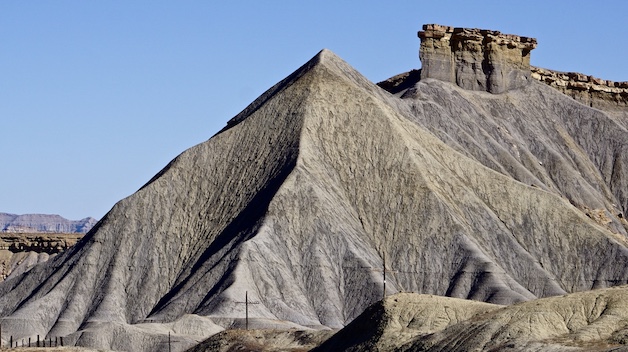
Day 5
In the field you will get to see a perfect cross-section through a deepwater lobe where you get to see bidirectional pinching out and thickening along the axis in one sweeping view. At this spectacular location we will have participants compare observations from outcrop with real sub-surface data from basins across the globe. Participants will gain an appreciation for compensation stacking at every scale.
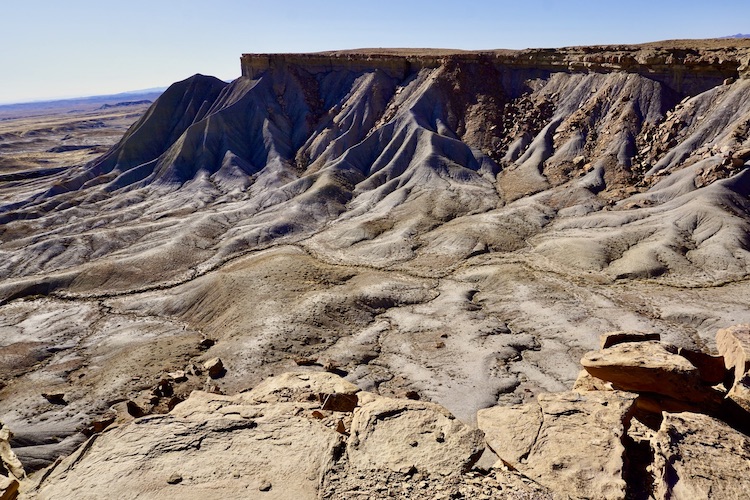
This course is offered in the fourth week of September every year and costs 7500/person. This all inclusive rate includes five nights hotel stay, all meals, snacks and drinks in the field, fuel, permits, transportation during the field trip, tuition and field guide, national park entrance fees, and an hour long flight in a chartered 9-seater airplane.
If you intend on going on this trip we strong urge applying for a US visa with our letter of invitation no later than June 2025.
Field leaders are Karl Mueller, Ph.D. and Ali Jaffri, Ph.D.


